Digital Transformation in Staffing in 2024 (+8 Examples)

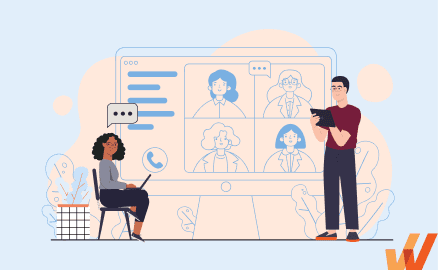
Every staffing manager uses digital tools in their day-to-day work. But digital transformation goes far beyond posting ads on job portals or using meeting scheduling technology. It’s the full adoption of technology in every HR and staffing-related process, including internal operations, candidate communications, employee management, and more.
The primary purposes of digitalization in staffing are automating repetitive processes and enabling staffing professionals with more data to make informed hiring and staffing decisions.
In this article, we’ll explore how digital transformation is changing the staffing industry, discuss the impact this digital change is having on staffing, and look at eight examples of how digital transformation is evolving the world of staffing today.
What Is Digital Transformation in Staffing?
Digital transformation in staffing is the process of adopting new digital technologies to automate and streamline the hiring and staffing processes, improve customer experience between staffing agencies and their clients, and overall become more digitally mature companies.
It involves the implementation of online applicant tracking systems (ATS) to manage resumes and applications, the adoption of virtual recruitment tools like video interviews, online portals to manage talent and client experiences, use of artificial intelligence (AI) and machine learning (ML) to improve candidate screening and selection, and more.
Impact of Digital Transformation on the Staffing Industry
Staffing operations involve a range of repetitive tasks, such as creating job boards, screening resumes, managing candidates, and helping companies fill open talent needs.
Without digital tools, staffing managers would have to rely on manual processes like sifting through resumes, setting up interviews via phone calls with talent and clients, and tracking candidate information in spreadsheets. While doing so, they risk losing the best candidates to more digitally savvy competitors.
Staffing managers must accelerate their digital transformation roadmap to:
- Hire faster. Digital tools help to automate repetitive tasks, such as creating job postings, screening resumes, and scheduling interviews, allowing staffing managers to accelerate the recruitment process and fill positions faster.
- Gain a competitive advantage. Improving the hiring process will minimize the risk of losing top talent to other employers.
- Select the best candidates. Candidate assessment software can identify the most qualified candidates quickly and accurately, leaving little-to-no space for subjectivity. This reduces the risk of hiring mistakes and allows you to onboard the best talents.
- Create a better hiring experience. With digital transformation, the hiring process is becoming more flexible, transparent, and practical, which creates a more positive experience for candidates.
- Scale staffing. Hiring software allows staffing teams to manage multiple vacancies without much manual effort.
- Self-service tools for customers. These self-service portals provide staffing clients with customer self-service tools to connect with the available talent to hire on a contract basis and provide feedback and timesheets.
All in all, using technology in staffing helps to improve process efficiency, reduce costs, and enhance the overall quality of the staffing process.
8 Examples of Staffing Digitalization in 2024
Here are eight examples of how digital transformation is impacting the staffing industry:
1. Migration to cloud applications
Cloud-based applications provide a centralized platform for managing recruitment, allowing staffing managers to access data and tools from anywhere, at any time. This provides a more flexible and efficient way to manage recruitment, enabling managers to make decisions faster and more accurately.
Cloud applications also offer scalability, meaning that staffing teams can easily adjust their capacity to match changing demands. It also helps staffing firms and teams to remain agile and competitive, particularly in today’s fast-paced business environment.
You can implement a cloud application like Bullhorn and access a suite of tools for managing the entire recruitment process, including candidate tracking, applicant screening, and job posting management. With it, your staffing managers can manage the entire recruitment process from a single platform, with access to real-time data and analytics.
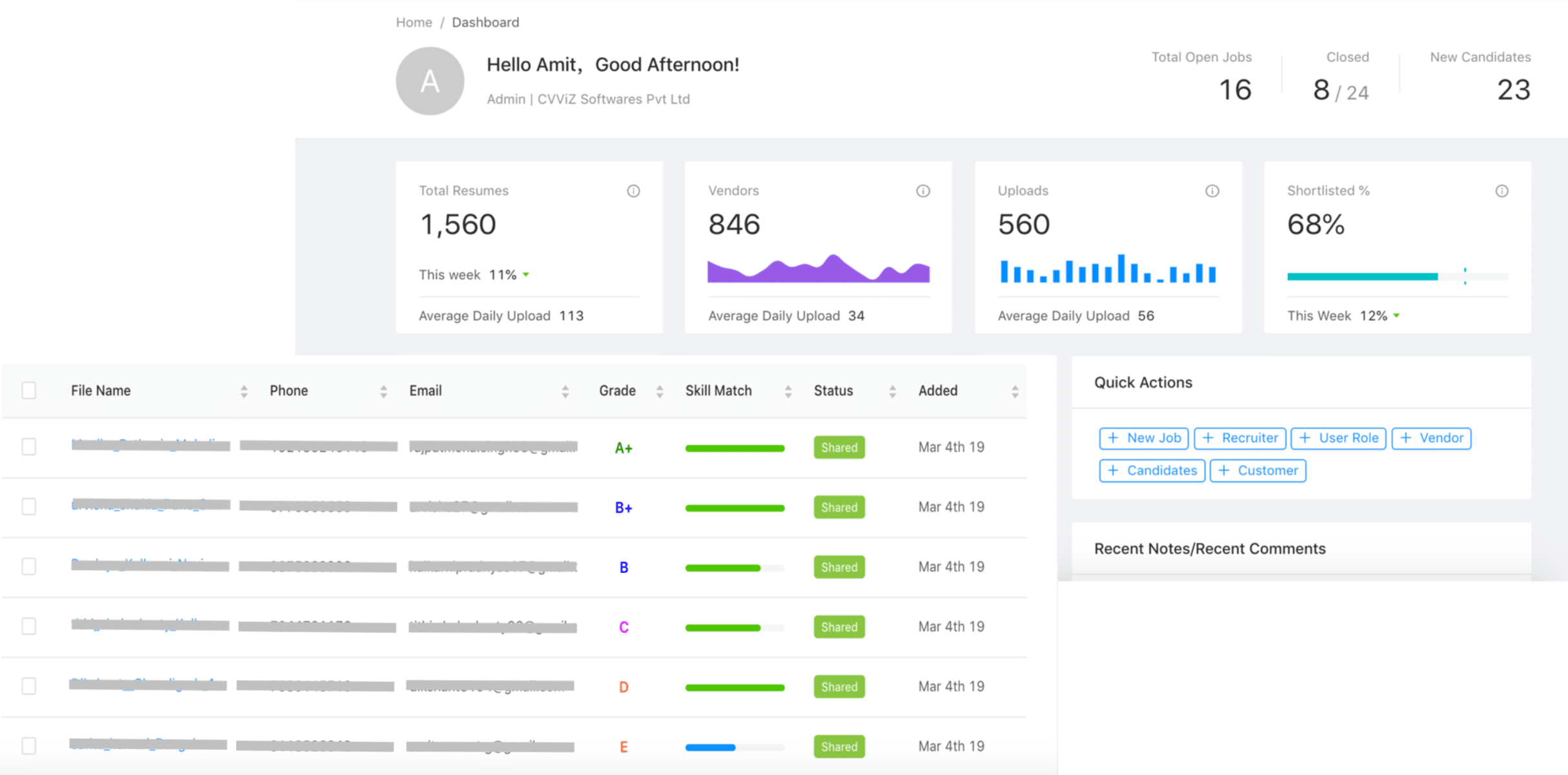
Help your staffing team combat resistance to change and make the most of new technology by implementing a digital adoption solution. Whatfix will overlay on top of your HR software and provide contextual guidance through the platform’s features and workflows. You can create custom tooltips, walkthroughs, and tasks for users depending on their roles and responsibilities.


2. Automation of manual processes
Automating manual processes saves your team’s time, reduces errors, and improves overall process efficiency. It’s particularly beneficial for high-volume hiring, where manual processes quickly become overwhelming.
You can apply automation in various areas, from AI-driven resume screening to automated interview scheduling and candidate communication.
Your cloud-based staffing platform will undoubtedly offer some degree of process automation, but you need to specify which automation features are critical to you before committing to specific software. For instance, Bullhorn ATS offers standard recruitment automation options, but if you want to power your staffing process with AI-powered insights, Zoho Recruit or Oracle Recruiting will be more sufficient options for you.
3. Digital records
Digital transformation makes you reject myriads of paper forms and documents first thing. Digital records are another step in staffing digitalization, which involves the implementation of a centralized platform for managing all kinds of candidate data, such as resumes, cover letters, reference checks, and background checks.
Unlike paper records, digital records can be accessed from anywhere, providing staffing managers with all the necessary information to make decisions. It’s also easier to comply with legal and regulatory requirements when you have a safe and secure document management system.
4. AI-powered ATS resume screening
AI-powered screening tools have come to replace resume keyword scanners that staffing teams used to analyze large piles of candidates’ applications. New-generation scanners use the power of artificial intelligence and machine learning to analyze and categorize resumes based on specific criteria, such as job skills, experience, or education.
AI resume scanners analyze the context, meaning, and sentiment of the words used in the resume to make predictions on which candidates are most likely to be the best fit for the job. They can also learn from previous screening decisions and improve their accuracy over time.
AI resume screening software improves the accuracy of candidate screening, reducing the risk of bias and ensuring that the best candidates are selected for the job.
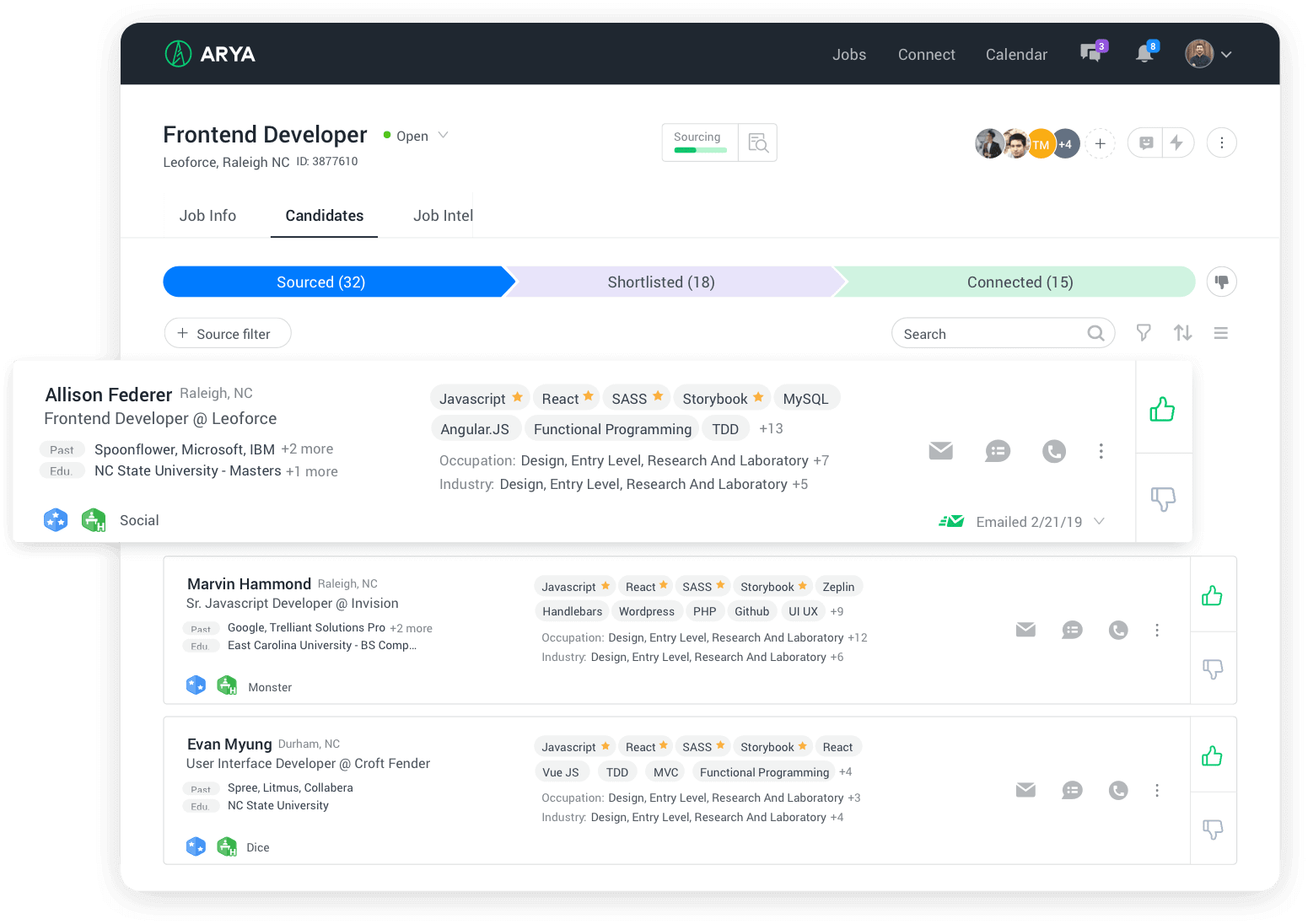
5. Online job and resume marketplaces
Online job and resume marketplaces, such as Indeed, Monster, Glassdoor, and LinkedIn, have revolutionized the staffing industry by making job searching and candidate screening as simple as that.
Job seekers can easily create profiles and apply to jobs with just a few clicks, while recruiters can easily search for and screen candidates based on their qualifications, experience, and skills. These platforms have significantly reduced the time and effort required for the hiring process, making it easier for both recruiters and job seekers.
You’ve probably been using these platforms for years already, so let’s move on to less obvious examples of digital transformation.
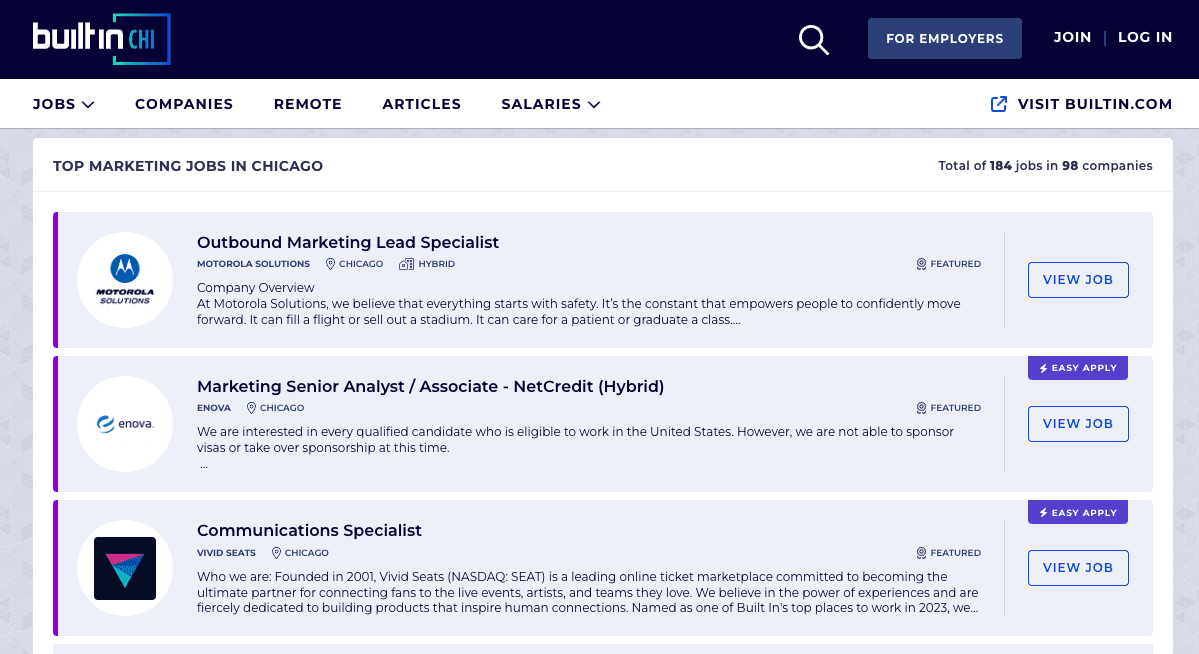
6. Online portals to manage timesheets, check-ins, schedules, etc.
With the advent of digital transformation, organizations have been successfully implementing online portals to optimize and streamline all kinds of administrative tasks. Dedicated HR portals provide centralized solutions for managing employee time and attendance, check-ins, schedules, and other HR-related tasks. It allows staffing managers to better manage their workforce, ensuring that employees are paid accurately and on time.
These platforms are usually part of enterprise resource planning systems that organizations use to manage and automate internal operations such as accounting, procurement, employee management, and various other tasks.
For example, HCM systems like Workday or ADP include but are not limited to human capital management functionality. Online portals also provide a centralized platform for communication, where employees and employers can exchange messages, share files, and manage important information.
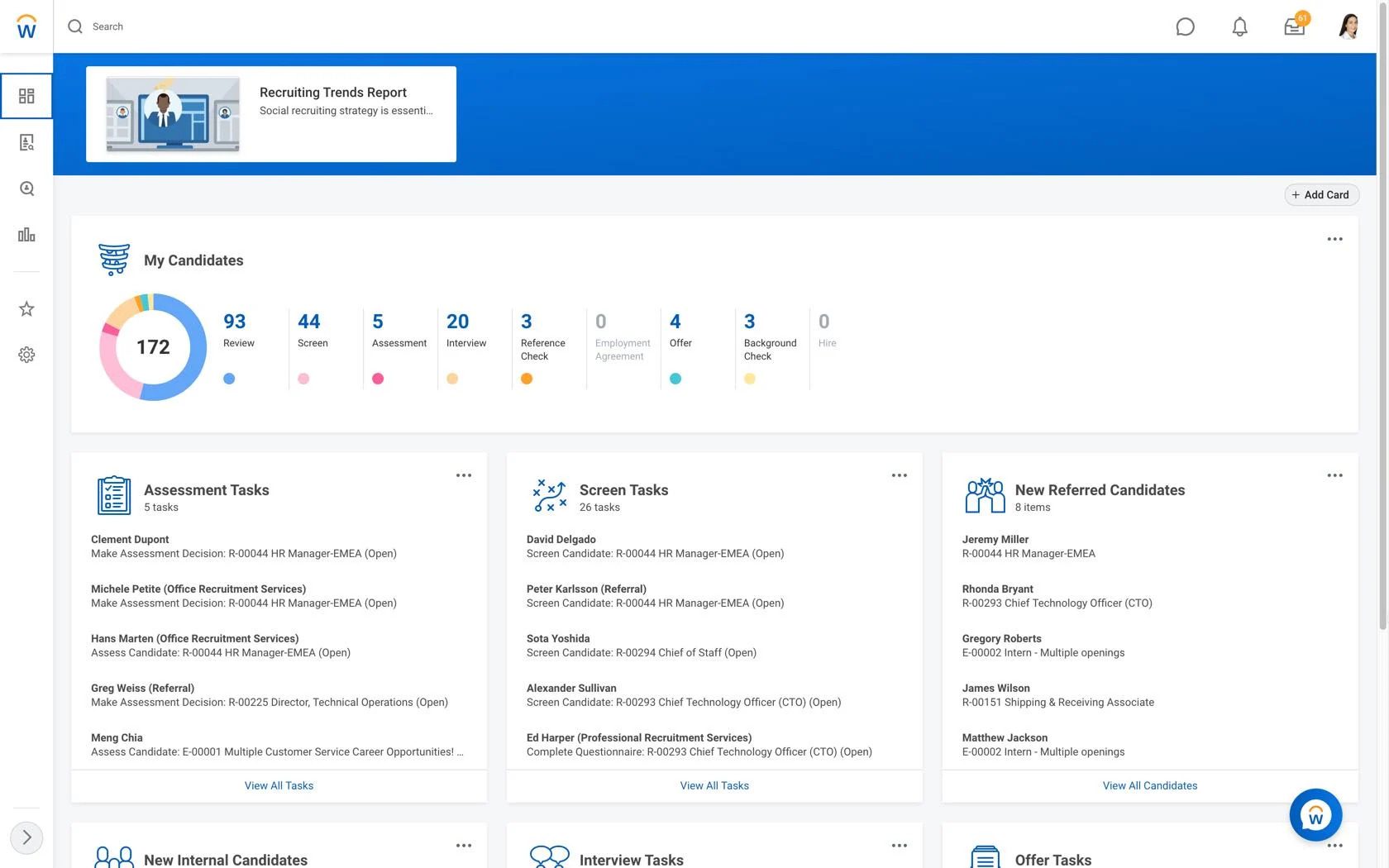
7. Geofencing
Geofencing is a location-based technology that allows organizations to target candidates in specific areas. The approach basically involves setting up a “fence” around a physical location using GPS or other location-based technologies.
Here are some creative ways to use geofencing for recruiting:
- Creating a geofence around a competitor’s location.
- Targeting a college campus to reach students preparing for their post-graduate careers.
- Launching a geofencing recruitment campaign around the location of a professional conference.
It’s also used to track employee attendance and monitor job site activity. Staffing agencies often use geofencing to track the attendance of temporary workers at job sites, ensuring that they arrive on time and leave only after completing their work. Geofencing can also be used to create alerts when employees enter or leave a specific area, preventing unauthorized access to sensitive areas.
You can access geofencing in dedicated attendance-tracking platforms like Connecteam and Geofence Attendance, or it may be included in the functionality of your HR software.
8. Big data
Big data refers to large, complex data sets that help to reveal patterns and trends. In staffing, big data is used to analyze resumes, social media profiles, and other data sources to identify qualified candidates and improve the overall staffing process.
For example, staffing agencies can use big data to identify the most effective recruitment channels, analyze the performance of job postings, or predict which candidates are most likely to accept job offers.
By analyzing this data, staffing managers can make informed decisions about hiring, training, and workforce planning to stay ahead of these trends and ensure that they have the right people in place to meet their staffing needs.
How exactly can you collect and analyze big data? All the technology we’ve listed above uses big data, and you can access it in your performance reports and predictive analytics.
Digital transformation is all about creating a centralized system that improves your staffing processes with automation, big data, AI, and other modern technologies. But once you’ve built the system, the job isn’t done yet. You need to drive system adoption in your organization and ensure every employee is happy about using it.
Whatfix helps you introduce new software to your team with personalized onboarding flows, interactive walkthroughs, tooltips, to-do lists, and in-app messaging. On top of that, you can monitor how your employees interact with your HR system and nudge users if you see they fail to use it as intended.
For example, if you see your staffing reps don’t update the application status for a long time, you can send a notification encouraging them to log all the changes in the app. And if they’ve been failing to do so because they don’t understand the workflow, you can use Whatfix to provide personalized in-app guidance.
Thank you for subscribing!


